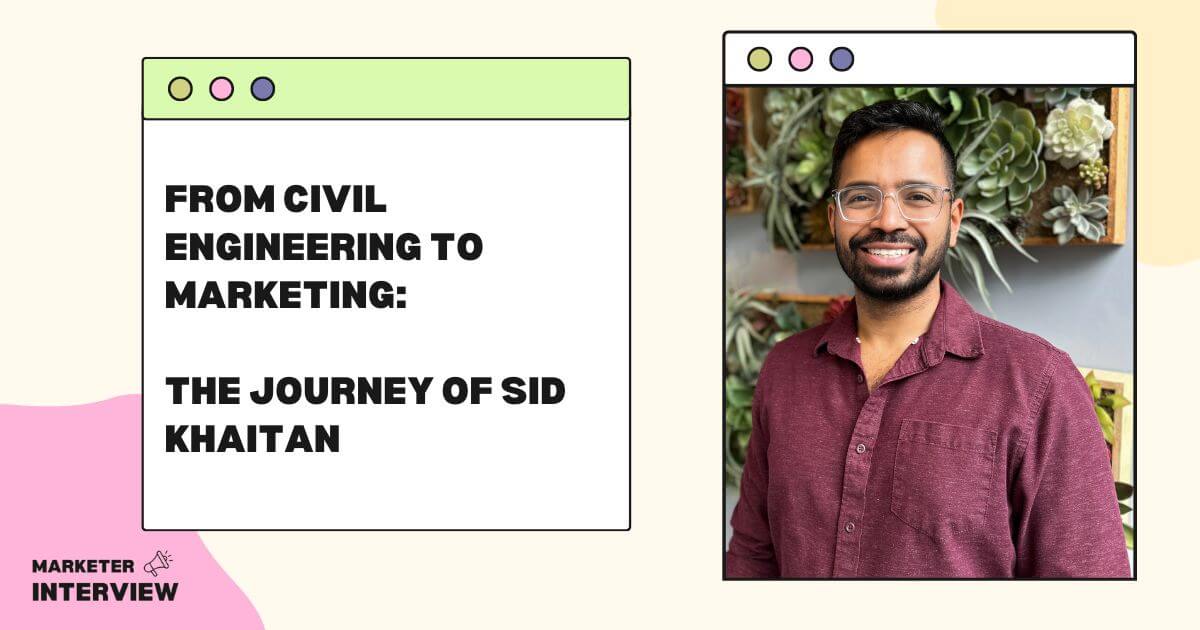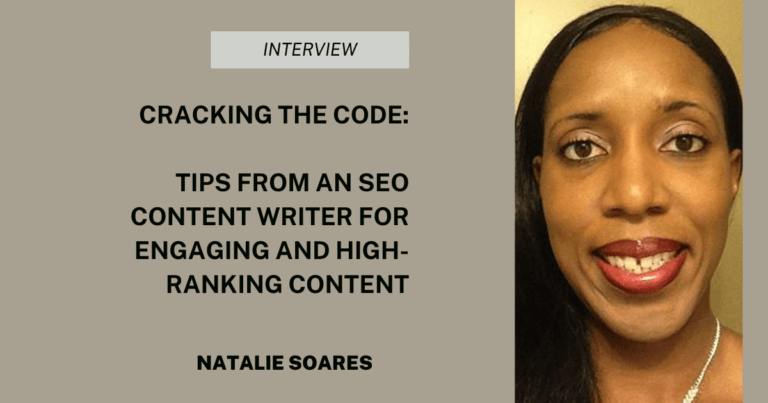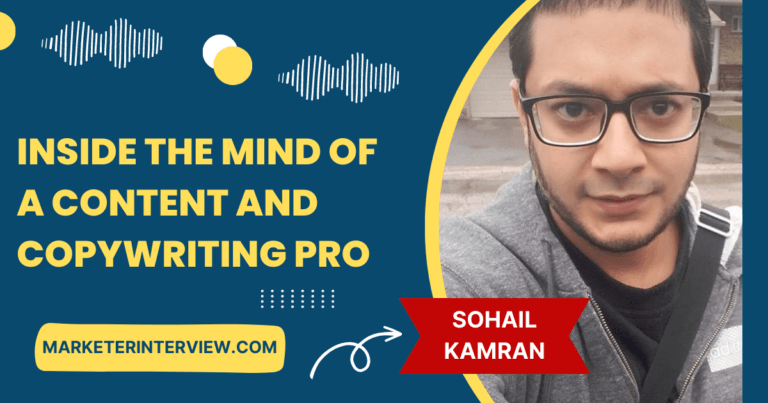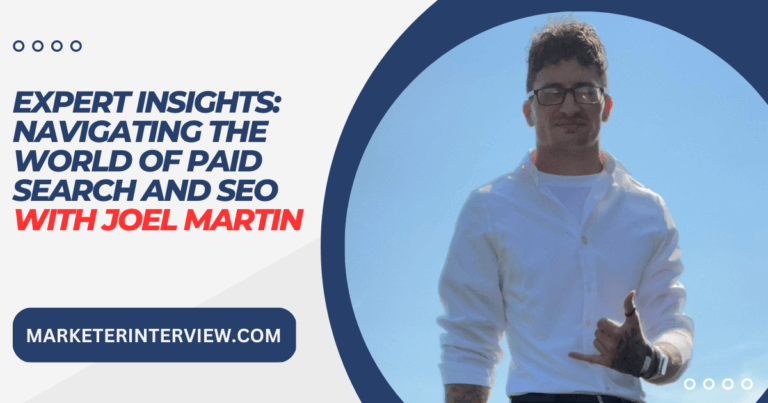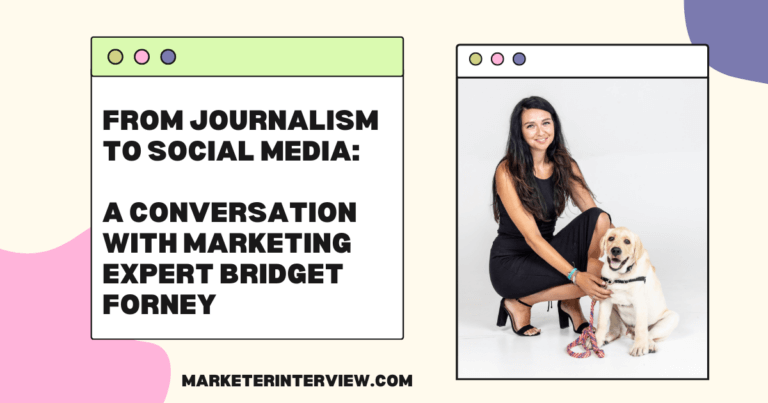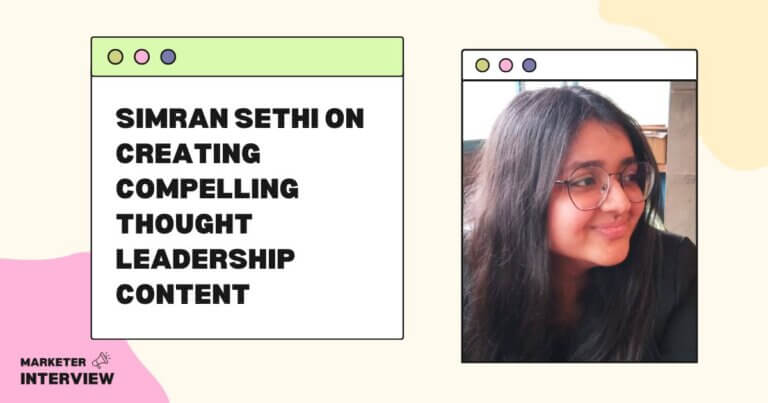Crafting Compelling Content Strategies with Sid Khaitan: Tips & Insights
In this interview, Sid Khaitan shares insights on his career in marketing, specifically content strategy, copywriting, and product marketing.
He talks about his process for conducting research and gathering insights, creating compelling content, and tips for writing persuasive copy.
He also tells us about his favorite resources for staying up-to-date with the latest marketing trends and developments.
Let’s dive in!
Can you tell us a bit about your background?
I dove into the field of marketing after realizing that civil engineering wasn’t my true calling. I was curious about how companies made business decisions, where the ideas for advertising campaigns came from, and what good marketing looked like.
So instead of pursuing an engineering degree, I pivoted to the world of marketing and finance. That led me to freelancing for startups and small businesses, with roles ranging from social media and copywriting to digital strategy and design.
What I quickly realized was that marketing was changing by the second, and I enjoyed every bit of it. It was a left and right brain exercise, an infinite game.
One of my favorite parts of marketing to this day is that there’s never a dull moment. As a marketer you’ll likely get the chance to work at startups and large enterprises alike, see tons of different industries, and embrace change or get left behind.
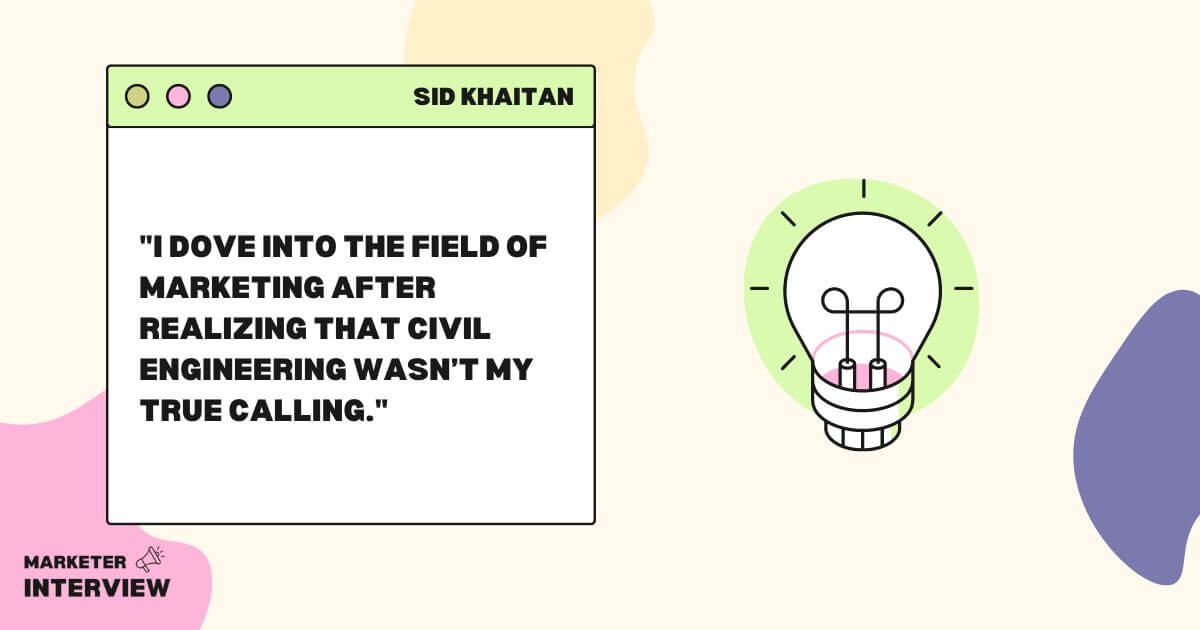
What inspired you to focus specifically on content strategy and product marketing in your career?
I think early experiences shaped me and inspired me to focus on copywriting, content strategy, and product marketing.
One of my first “official” jobs was interning for a B2B fraud analytics startup. There I got the chance to create Hubspot workflows, write a ton of conversion-focused content, and find new ways to generate new leads and customers.
They offered me a contract position as a writer afterwards, which helped me see that there was a market for my experience and services. To me, copywriting is sales at scale. As someone who had a background in sales, it was fulfilling to get into the minds of prospects and create content that gets them to buy or consider a product.
From there, I landed a full-time gig in market research for a CPG and healthcare agency. As I listened to patients talk about their conditions, I developed an interest in finding and communicating customer insights to inform the strategy behind creative campaigns. This led me to pursue content strategy.
Over time I became curious about product marketing because I wanted to build products and learn how products were launched. It also summed up my prior experience well, because I had dabbled in marketing, sales, and even customer success.
How do you approach creating compelling and engaging content that resonates with your target audience?
Start with research and get into the minds of your audience. If you can say what they’re thinking about but haven’t found a way to express, you’ve won their attention.
Compelling and engaging content is understanding people’s problems and sharing approaches for how to solve them. This could be a video about a customer sharing how life is better with your product, a workshop about use cases, or a white paper with a unique perspective on the industry.
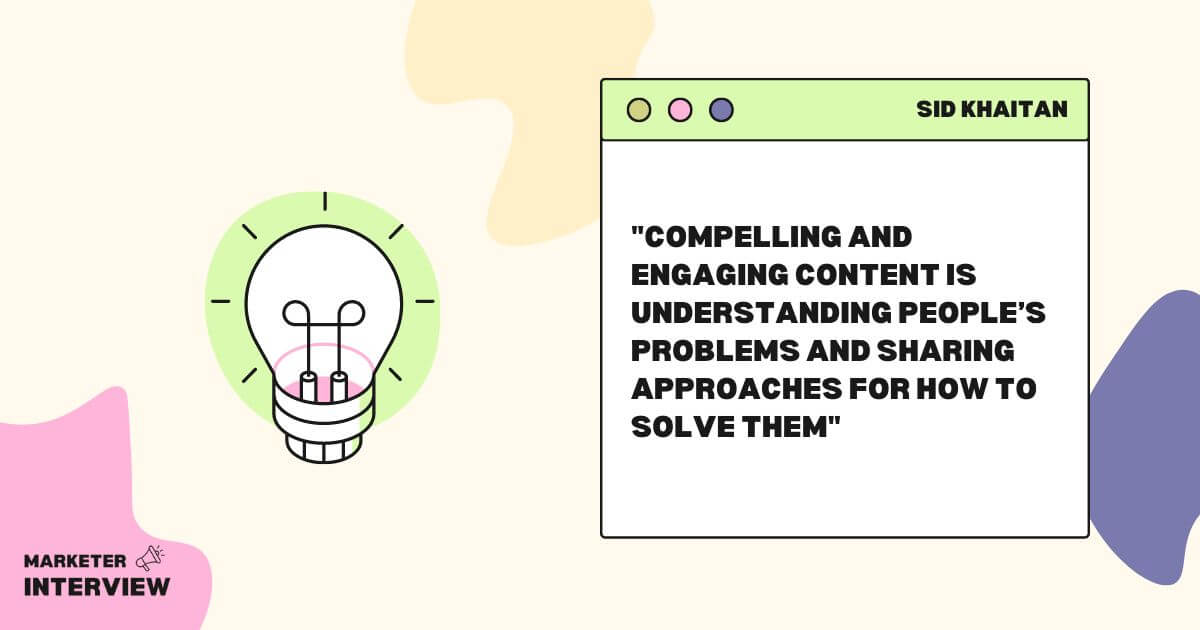
Can you walk us through your process for conducting research and gathering insights to inform your marketing strategies?
Before conducting research, it’s super important to get clarity on the specific task and objective. Once that is clearly defined, you can start conducting research.
The richest source of research is primary, qualitative research when you’re in the room with a customer. Now it’s just about asking the right questions. I think the easiest mistakes anyone can make is to focus too much on yourself or bias the answers.
Once you have good insights from primary research, you can test to see how they hold true in quantitative research. Surveys, social listening, and even just polls on social media can help you get there. Now you can cluster the themes and thoughts you’ve learned, backed by statistical significance, and start informing marketing strategies.
What are some of the biggest challenges you face when it comes to creating effective marketing campaigns?
Effective marketing campaigns typically come from team efforts. However, it’s tough to make sure the entire team understands the objectives, buys into the “end state”, and can deploy the right process to produce the campaign. In order to overcome this, it’s important to share a central brief and clear project deadlines.
Another is making sure that the messaging will resonate. The best way to test this is to use a tool like Wynter to get early qualitative feedback on the campaign. That way, you know that your ideal customer profile will take the intended action based on your campaign. Without this, you’re guessing.
Can you share any tips or best practices for writing persuasive and convincing copy that drives action?
I think Dave Gerhardt said this, but it’s called copywriting for a reason. Copy the words of your prospects and customers so they see themselves in the content.
Additionally, I think it’s about starting from a familiar place and taking readers to somewhere new so they are compelled to take action. Without showing that you recognize their current state, it’s hard to bring them along for the journey you want to take them on.
How do you stay up-to-date with the latest marketing trends and developments?
Communities and LinkedIn! A few that I’m a part of include MarketingOps.com, Superpath, Product Marketing Alliance, and RevGenius.
Could you tell us about any particular project or campaign that you’re especially proud of?
I’ve enjoyed writing for Dock (wrote about product marketing and product-led sales recently).
The reason why is that I got to pitch topics I love, and work with an amazing editor (Eric Doty) to push these across the finish line. I think they were well received.
Another fun aspect of this was the sales component behind the scenes. I negotiated adding a byline as part of our contract to help “market myself”. Worth a read if you’re in the product marketing and/or PLG space!
Could you tell us a bit about the tools and software to streamline your work?
Aside from the usual (AirTable, Clickup, Asana, Notion), one’s worth checking out are Magical, Loom, and Google Tabs!
